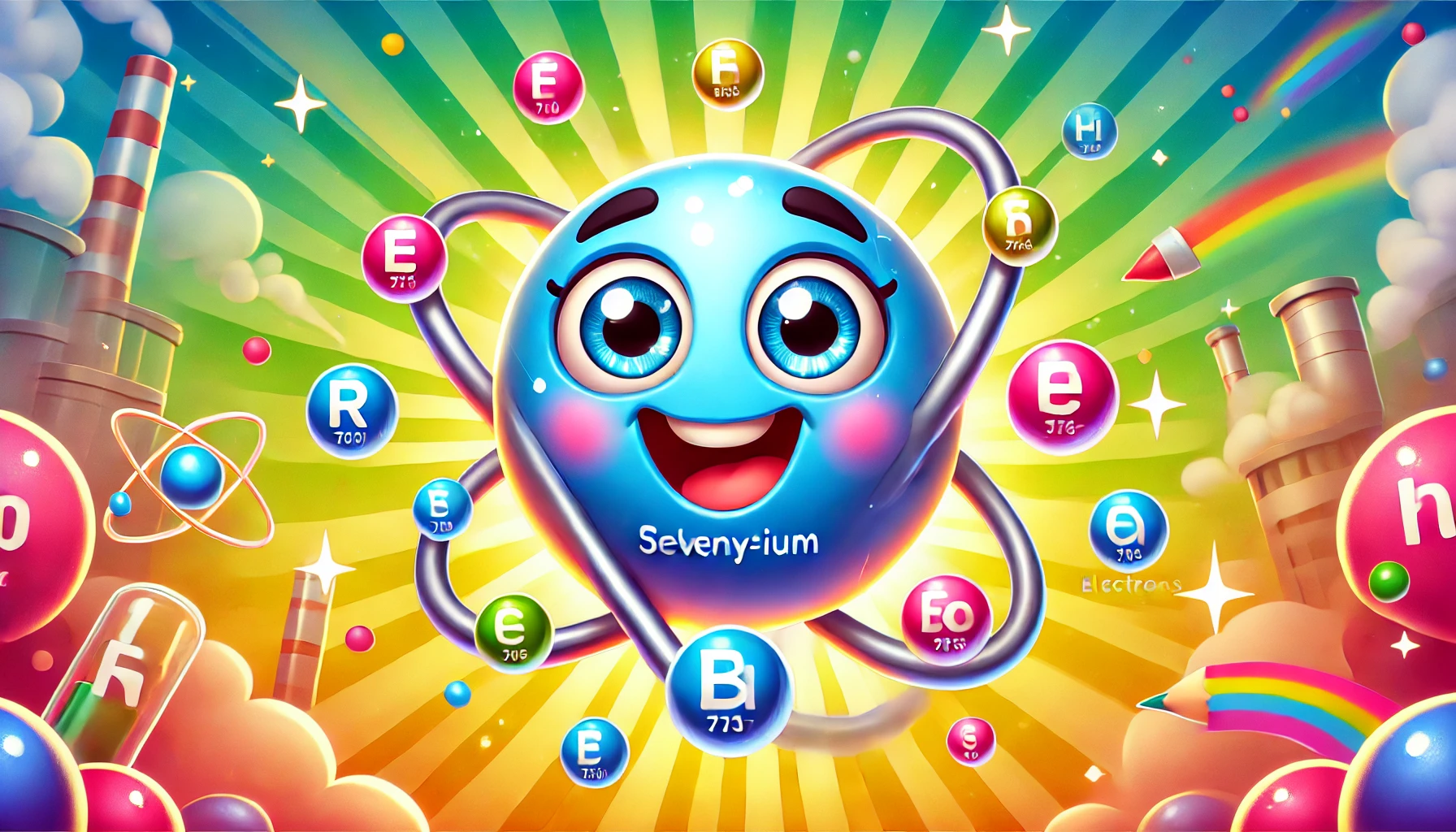Understanding Rhenium: Properties, Uses, Health Risks, and Fascinating Facts
Understanding Rhenium: Properties, Uses, Health Risks, and Fascinating Facts
Table of Contents
- Introduction to Rhenium
- Properties of Rhenium
- Uses of Rhenium
- Health Risks of Rhenium Exposure
- Interesting Facts about Rhenium
- Environmental Impact of Rhenium
- Conclusion
- References
Understanding Rhenium: Properties, Uses, Health Risks, and Fascinating Facts
Introduction to Rhenium Rhenium is a chemical element with the symbol Re and atomic number 75. It is one of the rarest elements in the Earth’s crust and is known for its high melting point and exceptional resistance to wear and corrosion. This article explores the properties, uses, health risks, and interesting facts associated with rhenium, providing a comprehensive understanding of this valuable metal.
Properties of Rhenium Rhenium is characterized by several distinct physical and chemical properties.
Physical Properties
- Appearance: Rhenium is a silvery-white, dense metal.
- Density: The density of rhenium is 21.02 g/cm³, making it one of the densest elements.
- Melting Point: Rhenium has a very high melting point of 3,186°C (5,767°F).
- Boiling Point: The boiling point of rhenium is 5,596°C (10,105°F).
Chemical Properties
- Reactivity: Rhenium is relatively inert and does not react easily with most chemicals. It is resistant to oxidation and corrosion.
- Compounds: Rhenium forms various compounds, such as rhenium trioxide (ReO₃), rhenium heptafluoride (ReF₇), and ammonium perrhenate ((NH₄)ReO₄).
Uses of Rhenium Rhenium has numerous applications across different industries due to its unique properties.
Aerospace and Defense
- Superalloys: Rhenium is used in superalloys that are essential for high-temperature applications, such as turbine blades in jet engines and components in rocket engines. These superalloys enhance the strength, durability, and heat resistance of the materials.
Catalysts
- Petroleum Refining: Rhenium is used as a catalyst in the production of high-octane gasoline and other petroleum products. Rhenium-based catalysts help in reforming processes and hydrogenation reactions.
- Chemical Catalysts: Rhenium compounds are used in various catalytic applications in the chemical industry, including the production of fine chemicals and pharmaceuticals.
Electronics
- Electrical Contacts: Rhenium is used in electrical contacts and filaments due to its high melting point and electrical conductivity. It is often used in thermocouples and electrical components that operate at high temperatures.
Medical Applications
- Radiopharmaceuticals: Rhenium isotopes, such as rhenium-186 and rhenium-188, are used in radiopharmaceuticals for cancer treatment and pain relief in bone cancer patients.
Health Risks of Rhenium Exposure While rhenium is generally considered to have low toxicity, exposure to rhenium compounds and dust can pose health risks.
Inhalation and Ingestion
- Respiratory Issues: Inhalation of rhenium dust or fumes can cause respiratory irritation, coughing, and shortness of breath.
- Gastrointestinal Issues: Ingestion of rhenium compounds can cause gastrointestinal distress, including nausea, vomiting, and abdominal pain.
Skin and Eye Contact
- Skin Irritation: Direct contact with rhenium compounds can cause skin irritation and dermatitis.
- Eye Irritation: Exposure to rhenium dust or solutions can cause eye irritation and potential damage.
Chronic Exposure
- Organ Effects: Prolonged exposure to high levels of rhenium compounds may affect the liver, kidneys, and other organs.
Interesting Facts about Rhenium Rhenium has several intriguing aspects that make it an interesting element.
Discovery
- Discovered in 1925: Rhenium was discovered by German chemists Ida Noddack, Walter Noddack, and Otto Berg in 1925. They named it after the Rhine River in Europe.
Unique Properties
- High Melting Point: Rhenium has the third-highest melting point of all elements, surpassed only by tungsten and carbon.
- Density: Rhenium is one of the densest elements, making it valuable in applications that require high mass and durability.
Isotopes
- Stable Isotopes: Rhenium has two naturally occurring stable isotopes, rhenium-185 and rhenium-187.
- Radioactive Isotopes: Several radioactive isotopes of rhenium are known, including rhenium-186 and rhenium-188, which are used in medical applications.
Environmental Impact of Rhenium Rhenium is not known to have significant environmental impacts, but its extraction and use should still be managed responsibly.
Natural Occurrence
- Abundance: Rhenium is one of the rarest elements in the Earth’s crust and is typically found in small quantities in molybdenite (molybdenum disulfide) ores.
- Mining: Extraction of rhenium is often done as a byproduct of molybdenum and copper mining, and must be done carefully to avoid environmental contamination.
Industrial Waste
- Waste Management: Proper disposal of rhenium-containing industrial waste is crucial to prevent environmental contamination.
Conclusion Understanding rhenium, its properties, uses, health risks, and interesting facts provides valuable insight into this rare and valuable metal. While rhenium has several important applications, particularly in high-temperature and catalytic environments, appropriate safety measures should be taken when handling rhenium compounds. Its applications in aerospace, electronics, and medical technology highlight its importance in modern technology and industry.

<ⓒ WizardMedics (wizardmedics.com)>






